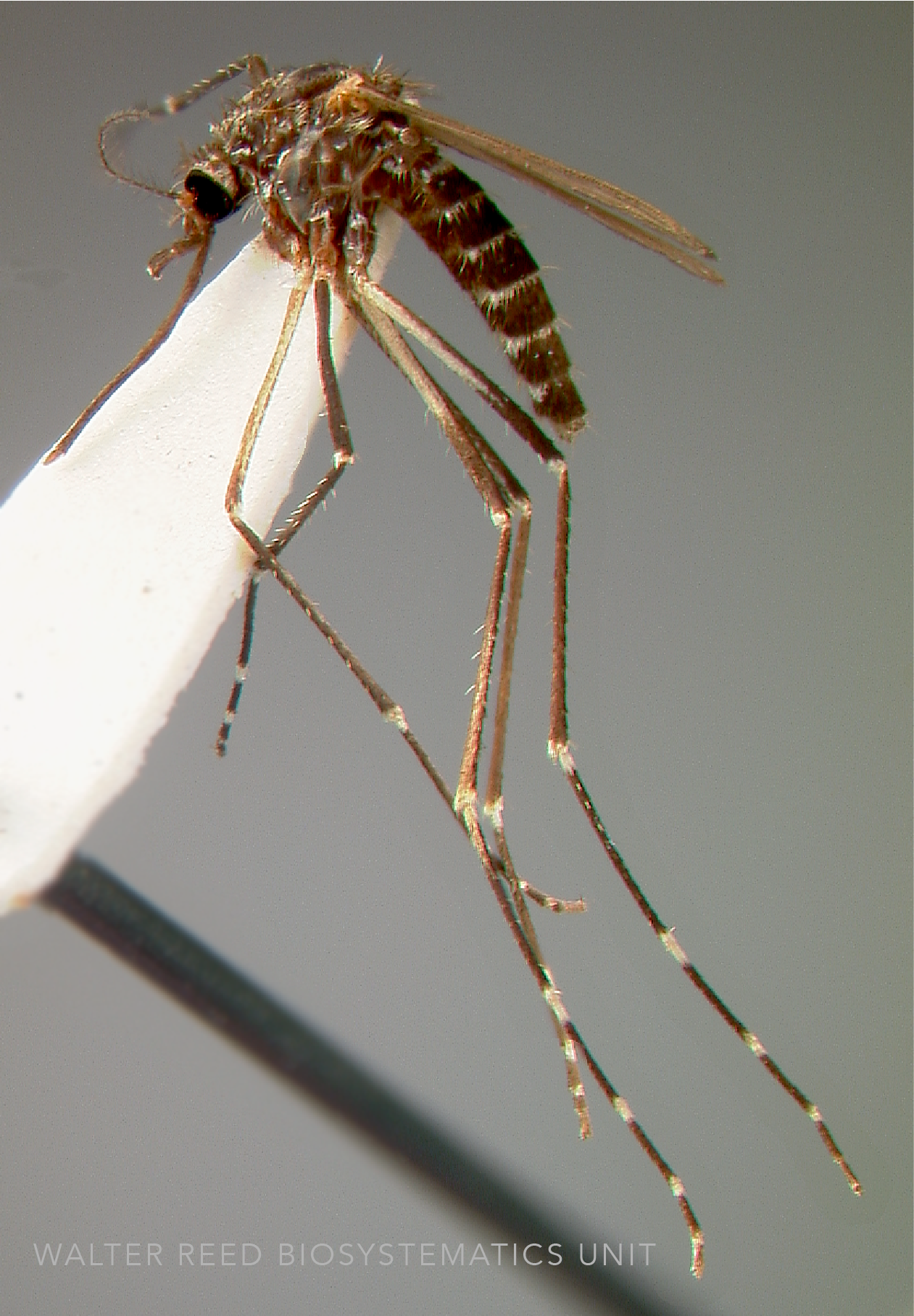
The mosquito Aedes togoi (Theobald 1907) is described from rockpools near Osaka, Japan. It occurs on the Pacific coast of Asia, from Russia to Thailand. Females lay their eggs in freshwater pools, pots, or containers, but also in brackish or saline rockpools, mostly above the high-tide line. It was first collected in 1940 on Vancouver Island British Columbia and occurs from the middle Georgia Straits south to San Juan Islands, Washington. Adult mosquitoes are found near coastlines, and can cross at least 20 m of water to reach anchored boats. Likely vectors include cargo, including vehicle tires containing water. Larvae develop in 0-35 PSU, but grow best at 10 PSU. In experiments, the larva competed with copepods (Tigriopus californianus) for phytoplankton (Isochrysis sp.), but also ate copepod nauplii. Aedes togoi is a potential biting pest in coastal area, and vector for several mosquito-borne diseases.